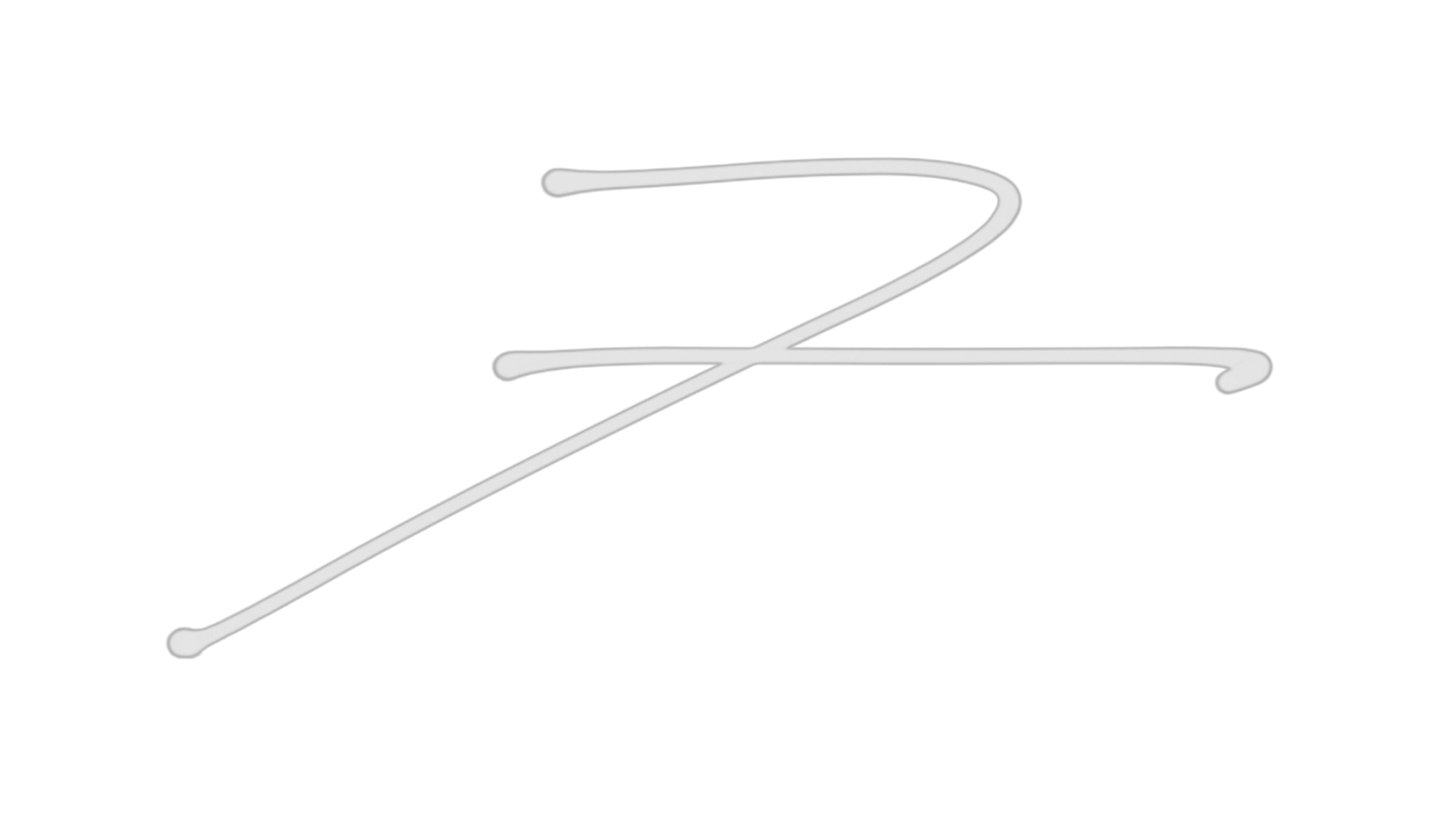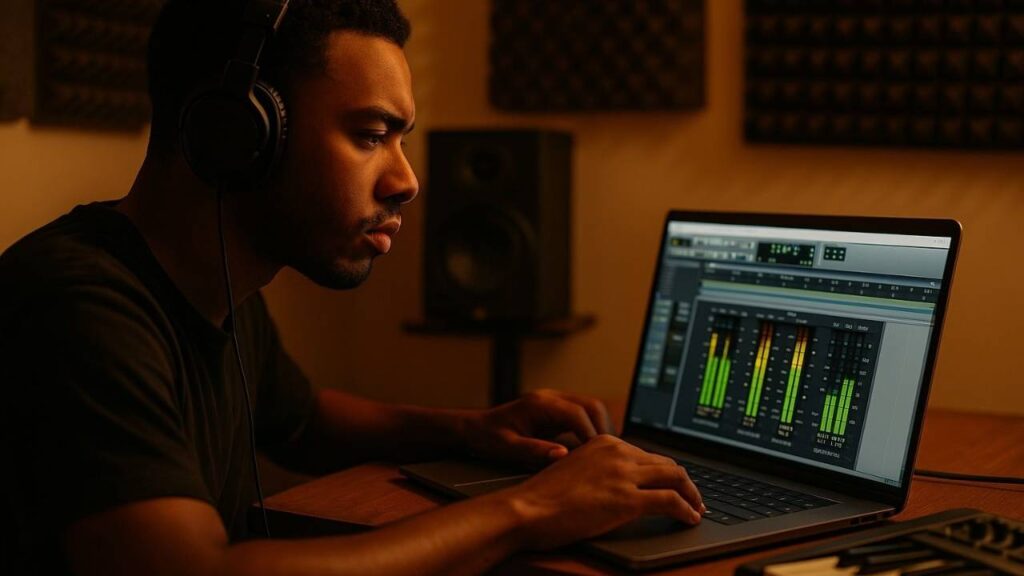ELI5 Decibels (dB):
1. Origin and Scale
-
The Bel is a unit named after Alexander Graham Bell, but it’s too big for everyday use.
-
So we use 1/10th of a Bel = 1 decibel (dB).
-
Think of dB as a way to measure change — like a ruler for comparing sound or signal levels, not an absolute amount.
How does Sound Work? Energy, Frequency & Vibration
🔁 It’s All About Ratios
The Cycle of Sound: 6 Ways to Measure Audio Waveforms
💡 Power vs. Voltage: Two dB Worlds
POWER (Watts, like amps or light bulbs)
VOLTAGE (Signals, like audio levels)
-
+6dB = double the voltage
-
Ex: Going from 1 Volt to 2 Volts = +6dB
-
Why? Because Power = Voltage², so doubling volts gives 4x the power (which = +6dB)
⭐️ Start by downloading all of my FREE Music Production Guides ⭐️ It took me years to learn this stuff!
🎛 What About Faders?
-
A fader is a ratio tool — it controls how much of the input passes through.
-
0dB = no change
-
-6dB = cuts signal to half the voltage
-
-∞dB = total silence (no signal passes)
That’s why fader marks are often spaced in 6dB steps — it matches how our ears respond to volume changes.
🎧 Quick Summary: The dB Suffixes
🌀 Why dB Is Logarithmic (Not Linear)
-
dB steps go: 1, 2, 4, 8, 16… (not 1, 2, 3, 4)
-
This matches how our ears naturally hear — we’re better at detecting ratios than tiny differences.
-
It also compresses massive differences into manageable numbers (e.g., 80dB = 10,000:1 ratio!)
 ⭐️ Download my FREE Home Studio Setup Guide ⭐️
⭐️ Download my FREE Home Studio Setup Guide ⭐️
Decibels (dB) – Simple Cheat Sheet
What Is a Decibel (dB)?
– A decibel (dB) is a way to measure change or ratio, not an absolute number.
– It’s 1/10th of a Bel, named after Alexander Graham Bell.
– Used to compare levels, like sound or voltage, with a reference point.
dB for Power vs Voltage
– Power (Watts): +3dB = double the power (e.g., 100W to 200W = +3dB)
– Voltage (or Pressure): +6dB = double the voltage (e.g., 1V to 2V = +6dB)
dB Suffixes & Their Meaning
– dBFS (Full Scale): max level in digital (0dBFS = clipping point)
– dBV: compared to 1 Volt (0dBV = 1V)
– dBu: compared to 0.775V (0dBu = 0.775V)
– dBSPL: compares sound to human hearing threshold
Why Use Decibels?
– The dB scale is logarithmic (1, 2, 4, 8…), not linear.
– It matches how humans perceive loudness.
– Lets us represent big differences with small numbers (e.g., 80dB = 10,000:1).
Faders and dB
– A fader shows the output-to-input ratio:
– 0dB = no change
– -6dB = half the voltage
– –∞ dB = no signal (silence)
⭐️ Download my Free Magic Compressor Settings Guide ⭐️
⭐️ Download my Free 10 Characteristic of a Sound Wave Guide ⭐️
#protools #daw #homestudio #recordingschool #recording #musicproduction
Also read:
How to Start Your Own Online Business Teaching Music

Hey, I’m Futch – Music Production Coach and Ableton Certified Trainer
Learn how to make your first song and beat in Ableton Live with my
FREE 90-minute Ableton Live course
I’ve been teaching audio engineering and music production for 35 years.⭐️
Check out my new online music production program: Music Production Ninja…







